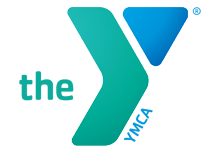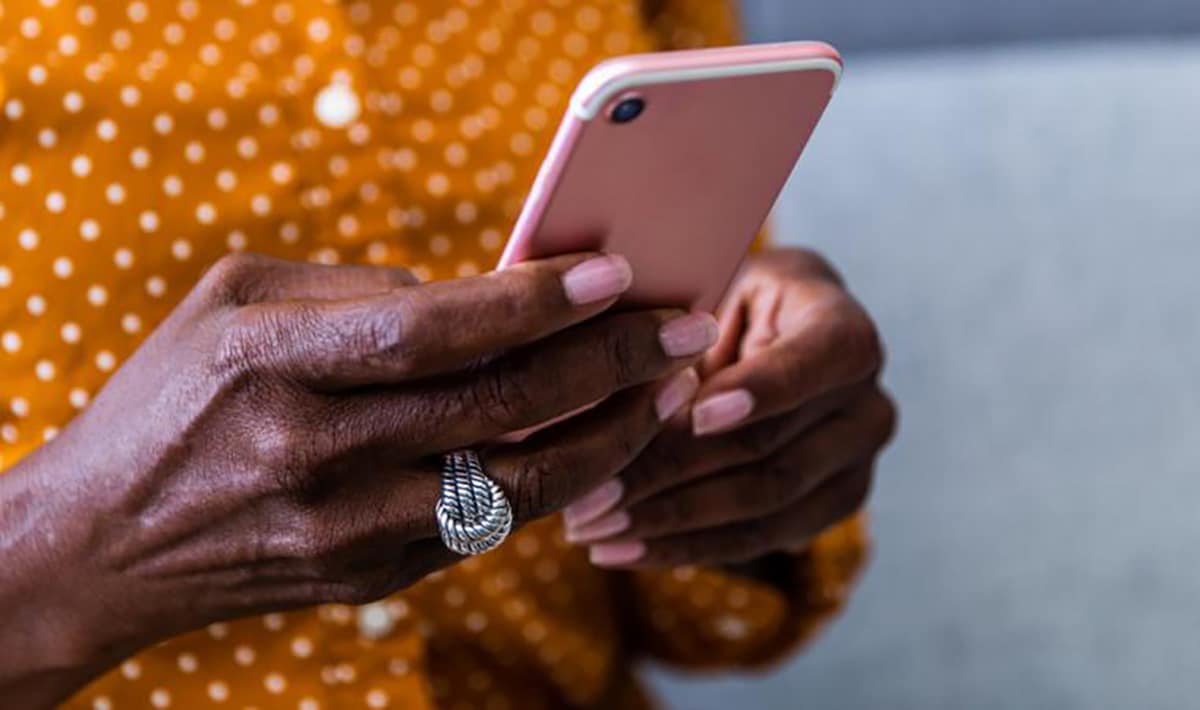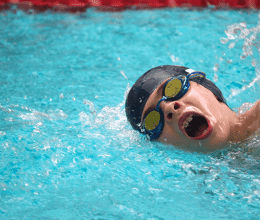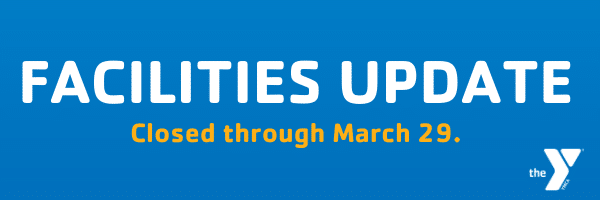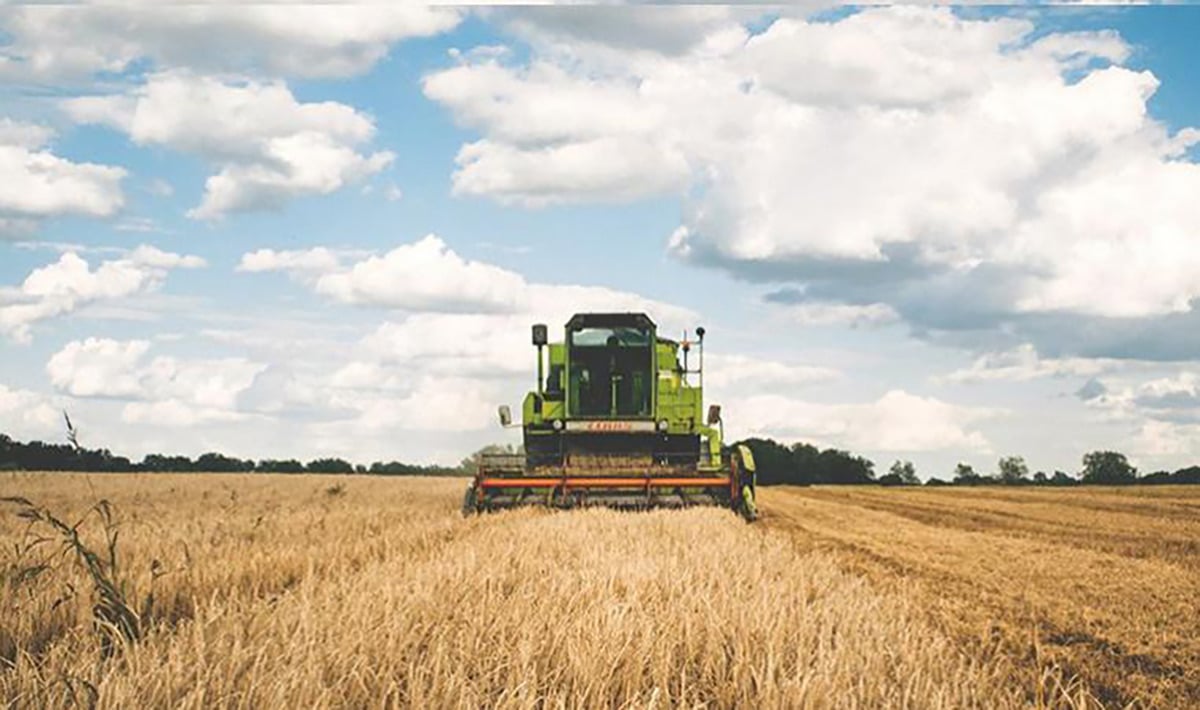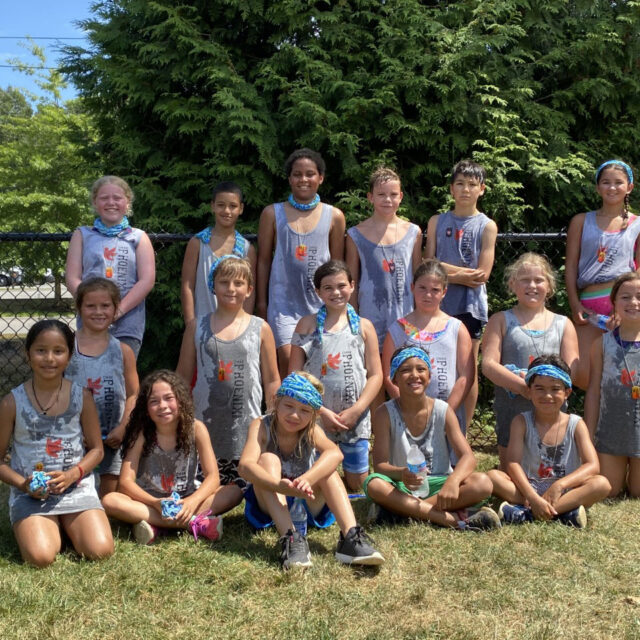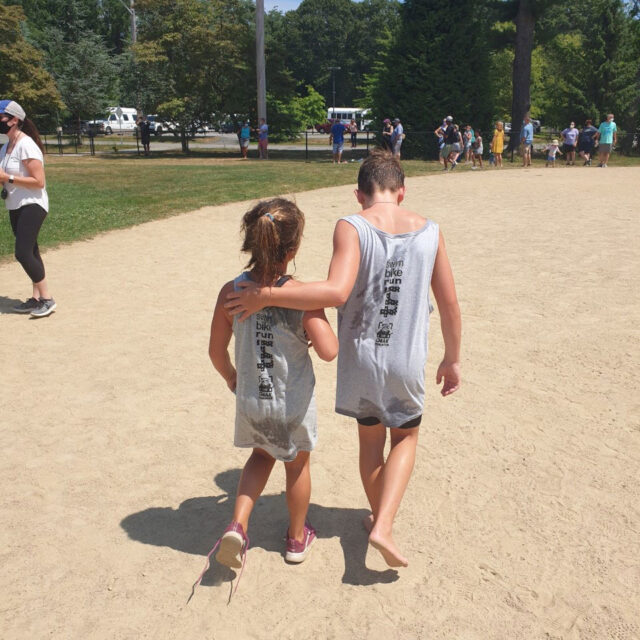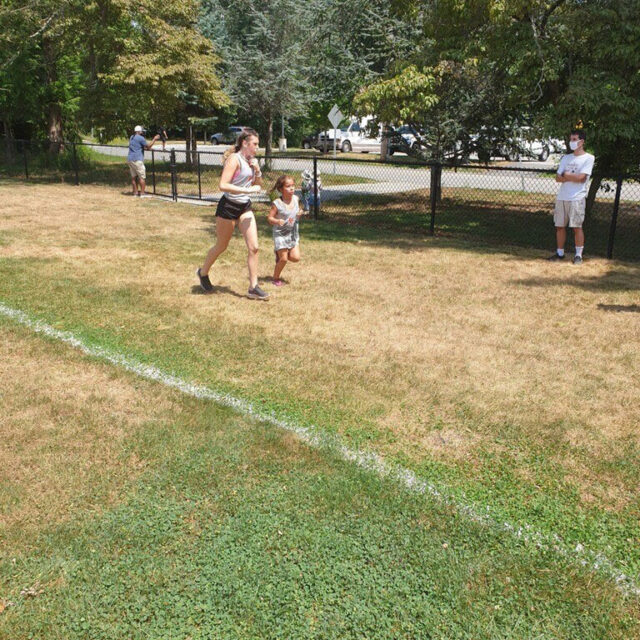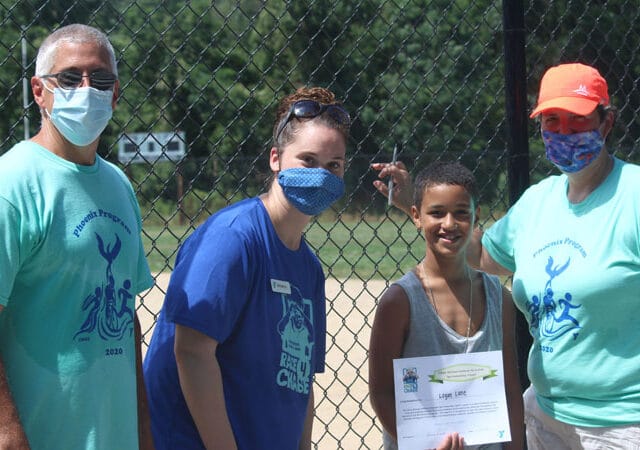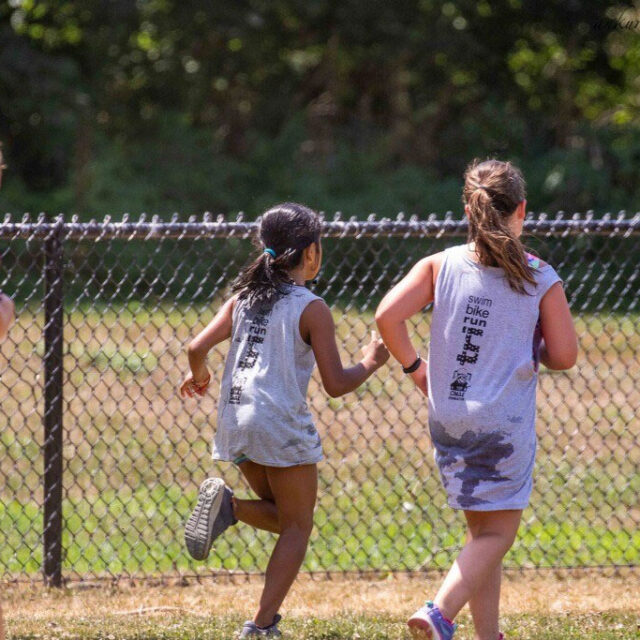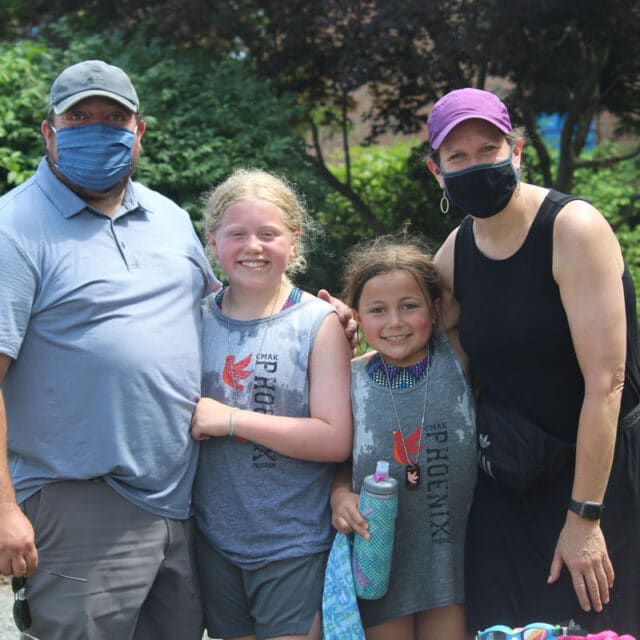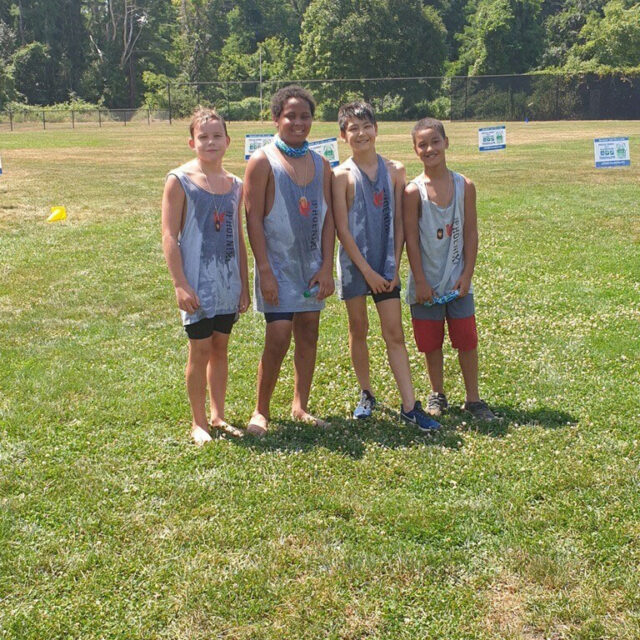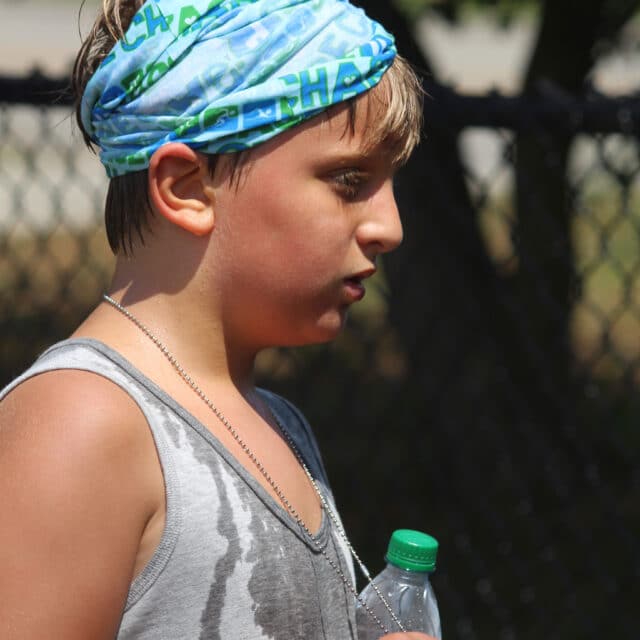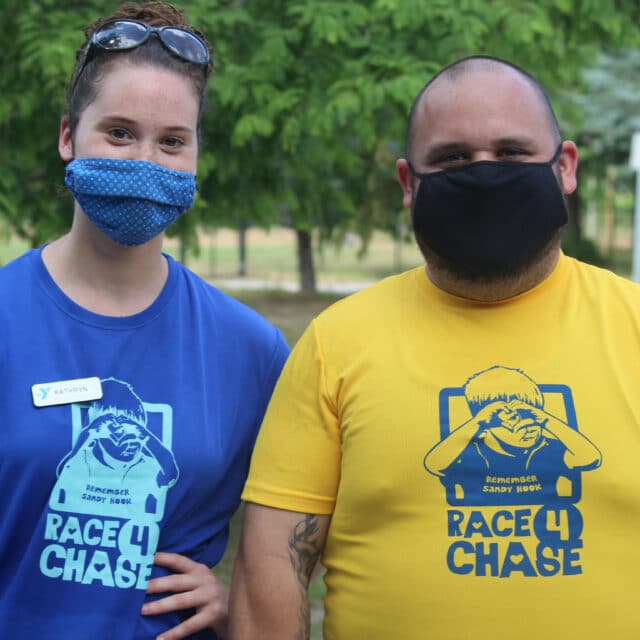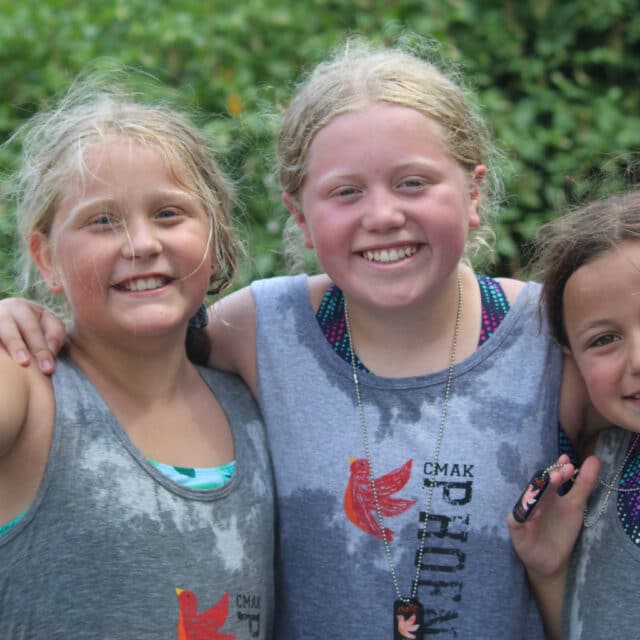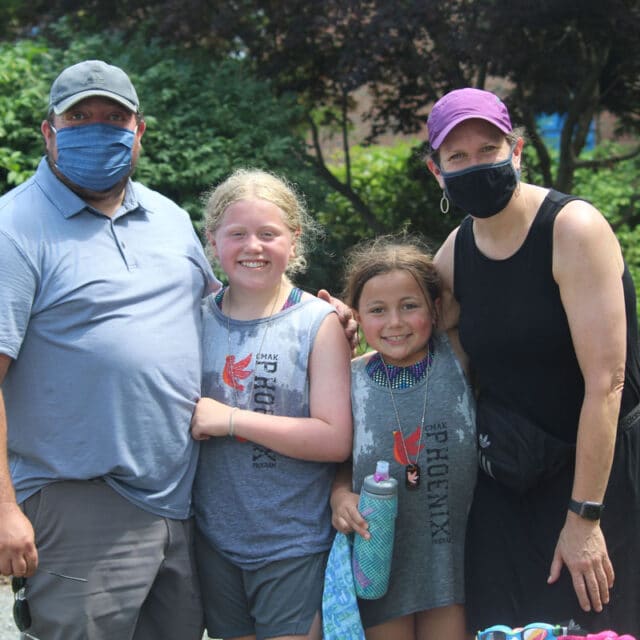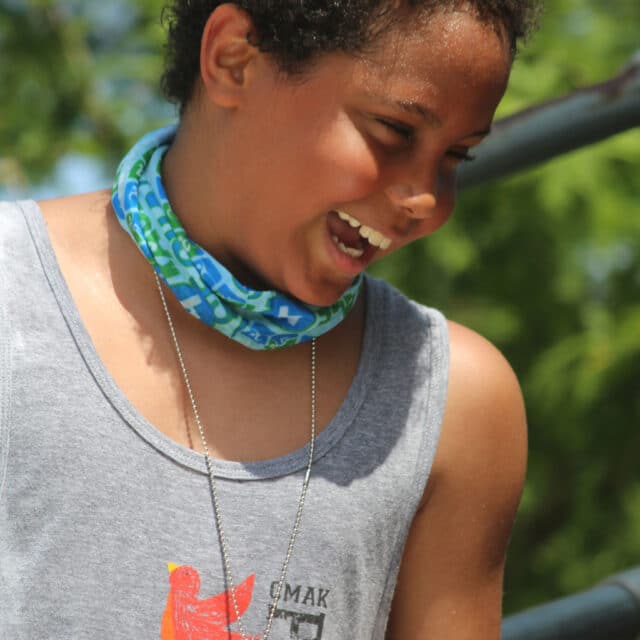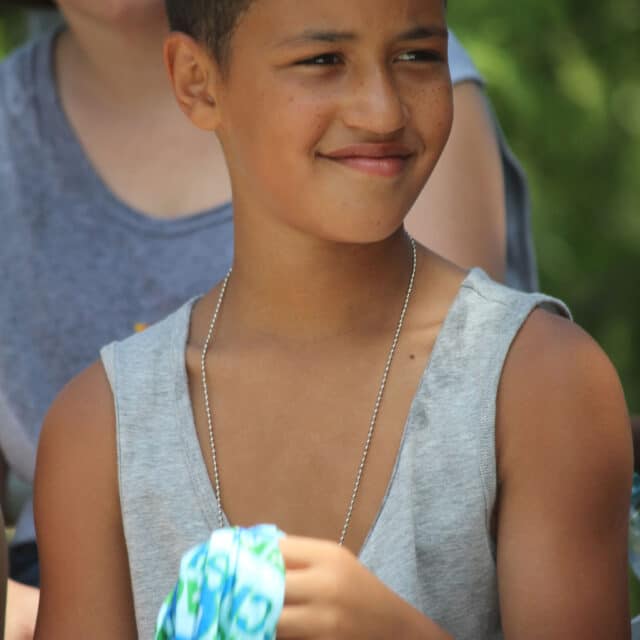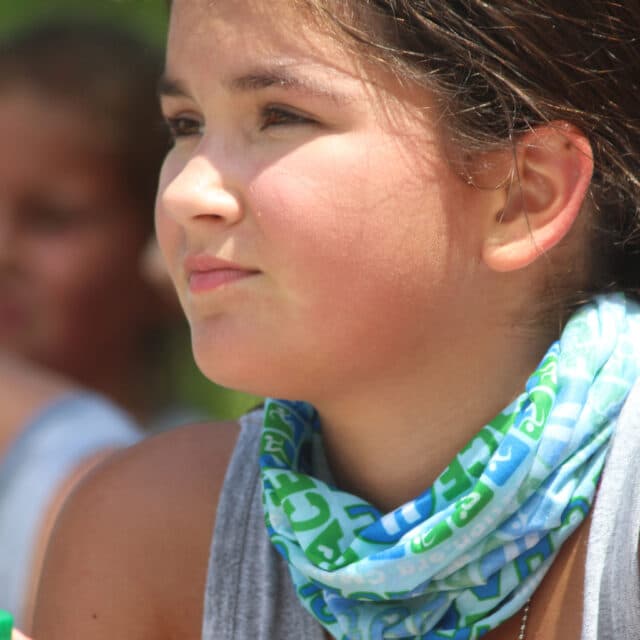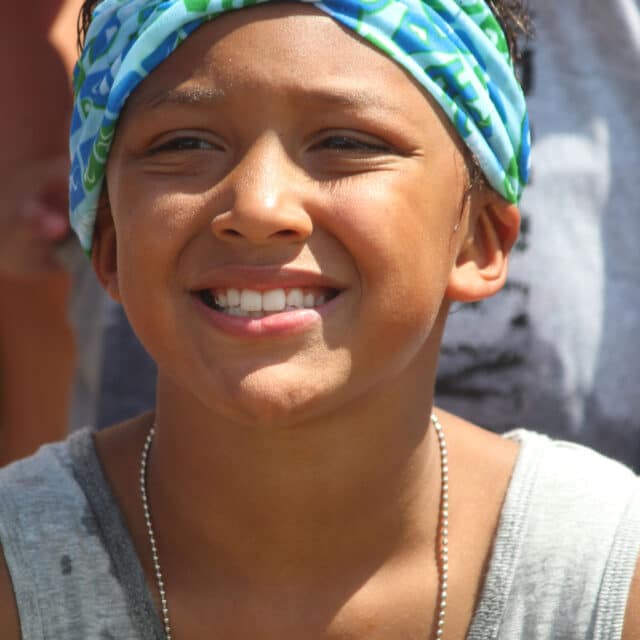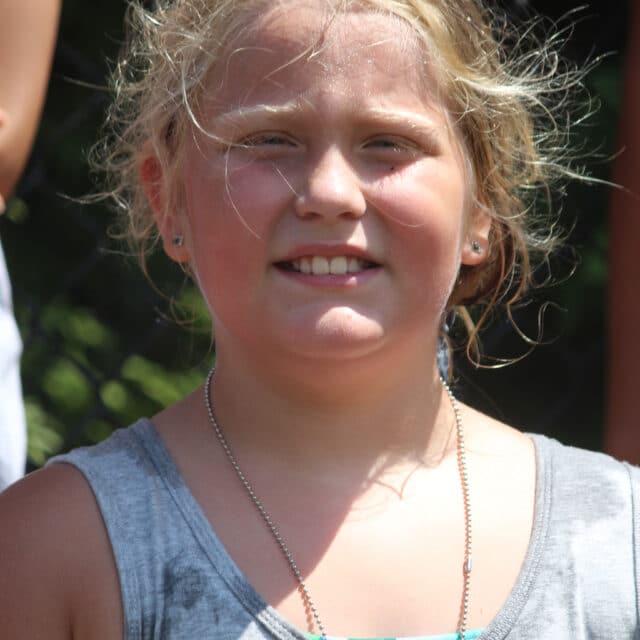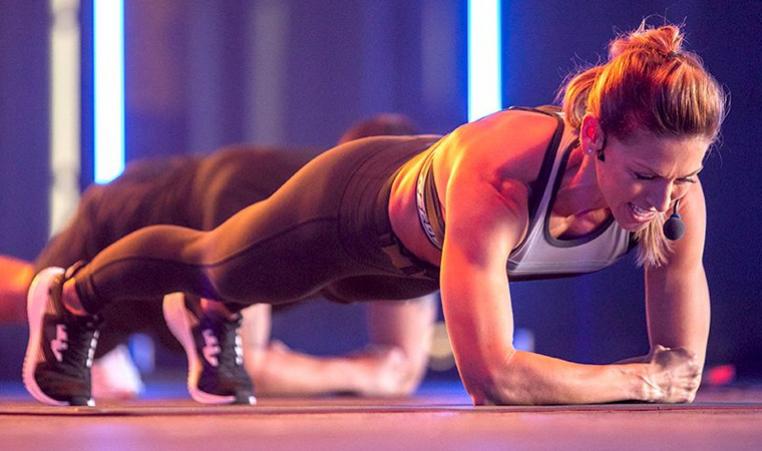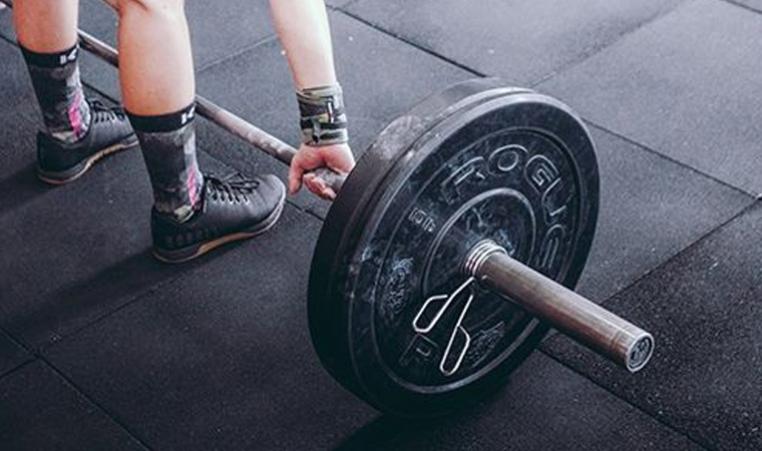NEWMAN YMCA’S SHOOTING STARS SCHOOL OF DANCE WINS BIG
THE STUDIO TOOK HOME VARIOUS OVERALL & HIGH SCORE AWARDS
SPRINGFIELD, MA – February 15, 2020 – The Newman YMCA’s Shooting Stars School of Dance enjoyed their second optional solo competition of the season at Breakout Regional Dance Competition in Springfield, Massachusetts on February 15 and 16, taking home several high score winnings.
Junior soloist, Delainey Pari, finished the night with an opening number invitation, an “Outstanding Emotional Execution Award,” a Platinum Plus score, first overall in the Jazz category for her age, and 5th overall Junior advanced soloist.
11th-year student and current senior soloist, Sydney Mello, scored two Platinum awards and 4th overall Senior advanced soloist, against fierce competitors. While teen soloist Delaney Kotch finished up with a Platinum score and 8th overall teen soloist.
Several other students rounded out the weekend with Platinum scores and special awards such as the “Silky Smooth Special Award”, and the “Star Quality Award”.
“I am extremely proud of the students who attended this competition, as this was an optional competition for our soloists, and these dancers remain consistently dedicated to getting on the stage as much as possible,” said Ashlee Bourque-Tinkham, Director of Shooting Stars School of Dance. “We have many more competitions to attend this season and we are off to a fabulous start, thanks to the dedication of all of our dancers,” said Bourque-Tinkham.
Shooting Stars will be attending five more competitive events between February through July. Learn more about upcoming events, or how to register your child for dance lessons by visiting the Shooting Stars Facebook page.
About the Newman YMCA
The Y is one of the nation’s leading nonprofits strengthening communities through youth development, healthy living and social responsibility with a mission of nurturing the potential of children and families, improving the nation’s health and well-being, and providing opportunities to give back and support neighbors. The Y has the long-standing relationships and physical presence not just to promise, but also deliver, lasting personal and social change. Learn more at https://ymcagreaterprovidence.org.
Connect with the YMCA of Greater Providence on Facebook, Twitter, YouTube, and LinkedIn.
